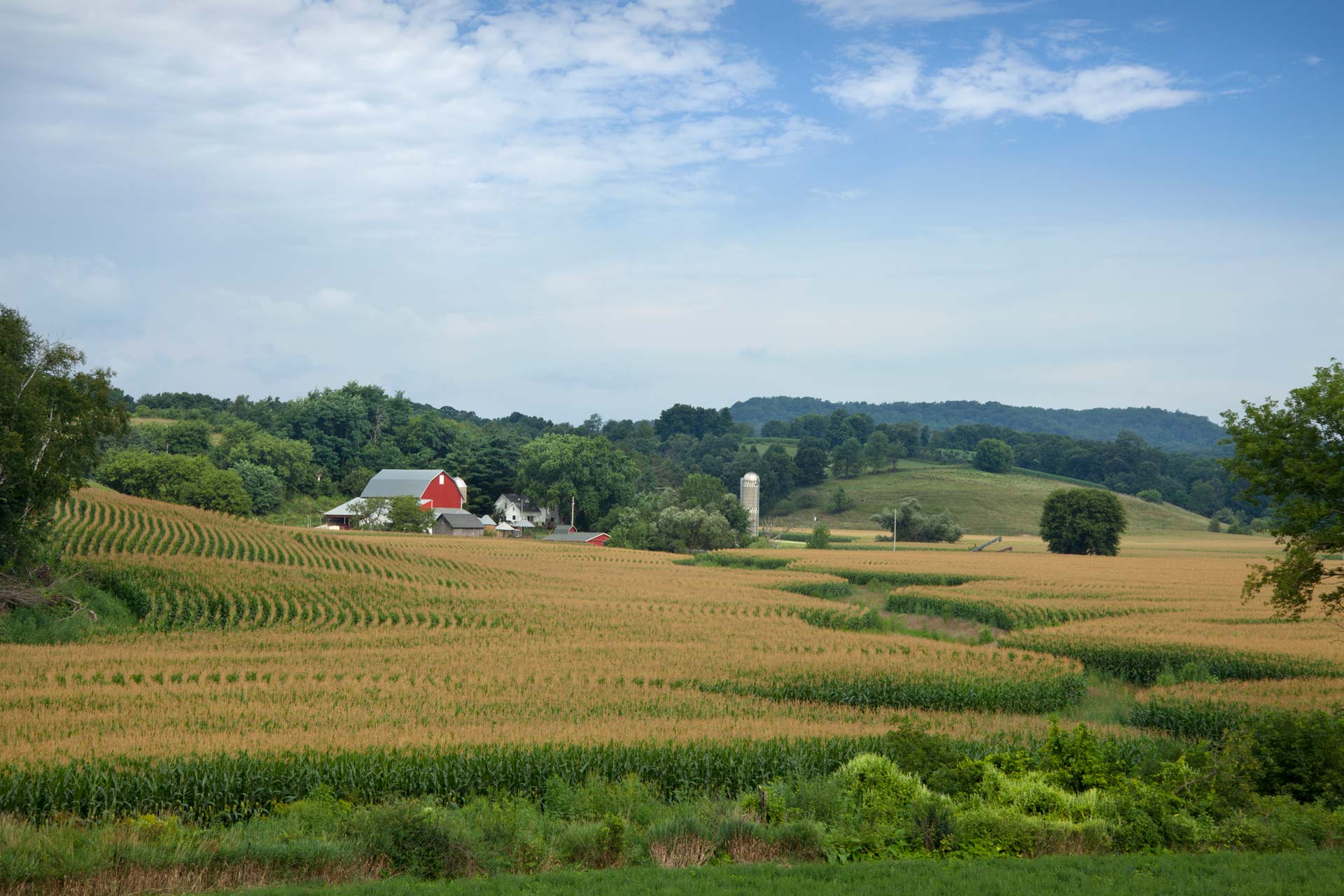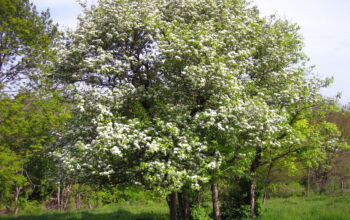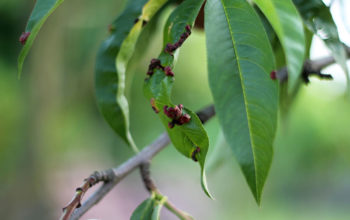You want your gardening to be fun and fulfilling, but Wisconsin’s climate might have other plans. Turns out it’s not such an easy job finding gorgeous, low-maintenance perennials to grow in the Badger State. Wisconsin’s cold, hard winters make it hard to grow certain perennials. The cold is not the only problem you’ll encounter, as some plants are prone to pests, while some may not even survive the summer heat.
All hope is not lost, however. There are beautiful flowers that will thrive in the climate, even with low maintenance. As a resident of Oconomowoc, and an ISA certified arborist for the last 20 years, I’ve been able to do the research to discover the best perennials for Wisconsin.
A Crucial Factor To Consider Before Growing Wisconsin Perennials
Hardiness zones are areas on a map that help you determine which plants are most likely to survive in a specific region. Zone 1 represents the coldest zone, while zone 13 represents the warmest. Wisconsin typically falls under hardiness zones 3 to 5. Keep this in mind to have a clearer idea of which plants will thrive best in your garden.
Apart from their hardiness, my research also took into account the amount of effort required to maintain the flowers and their sheer beauty. Here are the ten best perennials to grow in Wisconsin:
-
Bleeding Hearts
Bleeding hearts are tough flowers that can survive in hardiness zones as cold as 2 and as warm as 9. They are fast-growing perennials that bloom from mid-to-late spring through early summer. These delicate looking flowers bloom in colors that range from white, rosy pink, and deep cherry red.Bleeding hearts are not difficult to grow as they will thrive without too much supervision if the conditions are right. The best conditions for the plants are well-drained, acidic soil, partial shade, and will even grow in full sun.
-
Marigolds
The marigold is another rugged plant that can thrive in hardiness zones 2 through 11. The flowers can withstand brutal summers and will also survive Wisconsin’s cold winters if you prepare adequately beforehand. To help your marigolds survive the cold, ensure your garden has a lot of mulch to help the flowers retain moisture throughout the winter.They are quite easy to maintain in warmer climates and will thrive the most in full sun. Marigolds are one of the most pest-resistant flowers, so they are a great choice for warding off dangerous insects in a vegetable garden. They can bloom continuously for up to 6 months of the year, requiring only deadheading to bloom into the fall.
-
Daylilies
Daylilies have a radiant appearance that hides just how resilient they are. Able to survive in zones 3 through 10, these orange blooms require almost no maintenance. They are pest-resistant and will survive drought, bad soil, and even irregular sunlight.The best conditions for their growth are well-drained soil and full sun. Daylilies are available in many varieties that bloom at different periods, including summer, early to late spring, and the first frost of fall. The flowers live true to their name, as they only last one day. At the same time, the plants have bulbs that bloom daily, so you won’t miss the dead flowers.
-
Bellflowers
Best known for their bell-shaped blue varieties, bellflowers are robust plants that grow in zones 3 through 8. Relatively low-maintenance plants, they can bloom throughout the summer with deadheading and will not fade until after a hard frost.Bellflowers can survive Wisconsin’s winters with little to no maintenance, but they have a higher chance of doing this with adequate preparation. To get them ready for winter, avoid cutting the plants while they’re still green and let them die naturally instead. Cut down the dead foliage and remove garden debris and old mulch from the flower bed.
-
Peonies
Peonies are magnificent, resilient, and can bloom consistently for more than 100 years. Individually, each flower will bloom for around 7 to 10 days. These exceptionally long-lived plants are the answer to a Wisconsin gardener’s dream. They will survive brutal winters and require little maintenance to thrive. They actually grow best in cool climates and are more suitable for hardy zones 3 through 8.Peonies are best cultivated in well-drained soil. They can withstand more than 7 hours of sunlight, but it’s best to shade them in the afternoons when the sun is at its hottest. These bright pink darlings bloom between late spring and early summer.
-
Knockout Roses
Knockout roses are hard to miss, but more importantly, they can survive both extremes of Wisconsin’s climate with adequate protection. They can stay in top condition during the winter if covered with sheets or an insulating material. Able to withstand hot summers, they thrive in hardiness zones 5 through 10.The plants are relatively low-maintenance, requiring nothing more than pruning and moderate hydration. They will thrive in partial shade or full sun, but avoid overexposure to extreme heat. The roses bloom from spring to late fall.
-
Rudbeckia
Rudbeckia can brighten up your garden from summer through mid-fall if you plant multiple varieties. Most varieties of the plant bloom between June and September. Popularly called Black-eyed Susan for its black and yellow arrangement, it’s another unmissable flower that’s quite easy to maintain.Rudbeckia can survive drought and tolerate partial shade, but they will grow perfectly in moist, well-drained soil and full sun. They do well in warmer climates (hardiness zones 4–9) and would need adequate preparation to survive the cold months.
-
Stonecrop
Just like its name might suggest, Stonecrop is highly resilient, which makes it perfect for rock gardens. Popularly known by its botanical name, Sedum cauticola, this flower does well in hardiness zones 3 through 8. It will survive drought and outright neglect, needing very little water or soil to grow. The plant does well in full sun to light shade, but it won’t react well to too much watering and excessive shade.Stonecrop will survive if exposed outdoors in the winter, with some varieties able to survive temperatures as low as -45 degrees Fahrenheit. The plants bloom from July through late fall in colors that range from pink to deep red.
-
Coneflower
Coneflowers are loved for their regal pink blooms, but these flowers pack more punch than their delicate beauty would suggest. Thriving in hardiness zones 3 through 9, they can withstand drought and can survive winter with no covering or watering.It’s best to grow the plants in full sun and in rich, moist soil. Depending on variety and region, coneflowers bloom from July through September. The pale purple coneflower blooms from early June through late July in Wisconsin.
-
Creeping Phlox
Creeping phlox are great adornments for rock gardens and can bloom into magnificent ground covers under the right conditions. They grow best in full sun to partial shade and slightly acidic, well-drained soil.These low-growing plants don’t require too much maintenance, but you need to water them weekly in the summer or during periods of low rainfall. They thrive in hardiness zones 5 through 9 and aren’t as resistant to winter and pests as some hardier perennials. However, it can survive freezing winter conditions with adequate preparation. Depending on the climate, creeping phlox blooms from late spring to early summer.
As a local tree arborist who has helped many residents grow the perfect gardens and trees for Wisconsin’s landscapes, I can confirm that growing a garden in Wisconsin is a very fulfilling experience. However, it could be tricky and a bit disappointing if you choose the wrong plants. Thankfully, you can hardly go wrong with any of the Wisconsin perennials I’ve listed.




